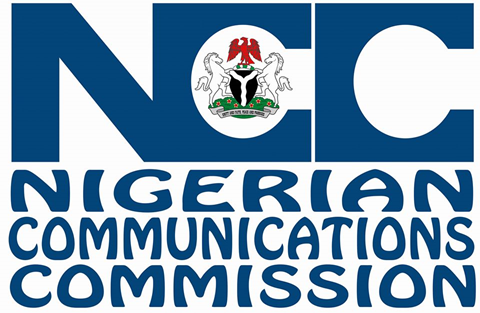As Nigeria moves towards having more movable collaterals used for accessing loans, the National Collateral Registry (NCR) said that 20 privately owned planes have been registered as movable collateral to be
seized from their owners in the event they default in meeting their loan obligations to their creditor institutions.
Mohammed Mainasara, registrar of the NCR disclosed that the 20 planes form part of the 65,370 registered moveable assets on the NCR’s portal as at 20th March, 2019.
Mainasara who addressed finance journalists on the activities of the NCR in Abuja, said that other items registered are 17,657 documents of title/negotiable instruments; 100 boats;13 intellectual properties; two minerals (undisclosed); 417 plants and machinery; 218 securities; 13,425 motor vehicles; 1,582 farm products; 1,166 deposit accounts; 10,579 consumer/household goods among others.
According to him, the number of registered financial institutions on the NCR portal has grown to 630 as at 20th March, 2019 and these includes 21 deposit money banks (DMBs); 552 microfinance banks; four merchant banks; four development finance institutions (DFIs); 34 finance companies; one non-interest bank and 14 non-bank financial institutions have all been registered on the portal.
As at 20th March, 2019, Mainasara stated that 165,456 debtors have been registered by the Registry comprising of 157,077 individuals; 735 large businesses; 2,279 medium businesses; 3,457 micro businesses and 1,908
small businesses all with a financing value of N1.26 trillion.
Two of the registered Development Finance Institutions he said have the largest number of borrowers registered on the NCR portal with 114,894 borrowers on their list with financing statement of N54, 131,619,397.13. 21,144 debtors or borrowers as they are referred to owe six non-bank financial institutions N84, 651,140,385.17.
A total of 24,318 women have been registered on the NCR portal with a combined registered value of financial statements against them standing at N45,183,001,039.92.
The need for collateral registry Mainasara said has become necessary because of the N7.4 trillion financing gap plaguing MSMEs.
According to him, N10.1 trillion capital is required by MSMEs but only N2.7 trillion has been raised so far. This comprises “the total
capital base/seed fund of DBN, BoI, BoA, NMBM, NEXIM, NIRSAL, Agriculture Credit Guaranteed Scheme. (ACGS), Commercial Agricultural Credit Scheme (CACS), Re-discounting and Refinancing Facility (RRF),
DMBs and MFBs.”
A collateral registry is a financial infrastructure for Micro Small Medium Enterprises (MSMEs) lending, warehousing “a notice board registry for collaterals with a publicly available database of security interest in moveable assets registered for the purpose of being used as collateral to obtain facilities from financial institutions.
A collateral registry allows borrowers to provide their creditworthiness and lenders to assess their priority interest in potential claims against particular collateral. A collateral registry is expected to
improve both accesses to finance and induce prompt repayment by
providing a win-win for the borrower and lender simultaneously.
However, Mainasara lamented that the NCR is faced with the twin challenges of “lack of funds to implement nationwide awareness campaign strategy on NCR and low usage of the NCR portal as a result of
reluctance of financial institutions to appreciate the benefits of
moveable assets-based lending.”








